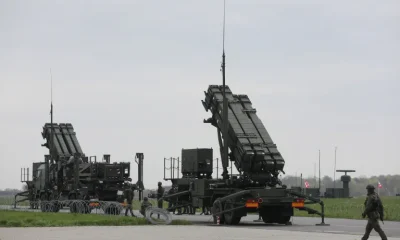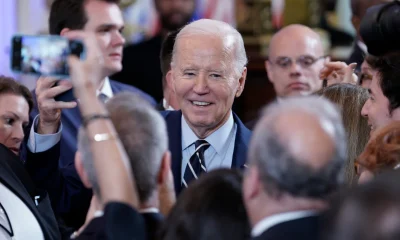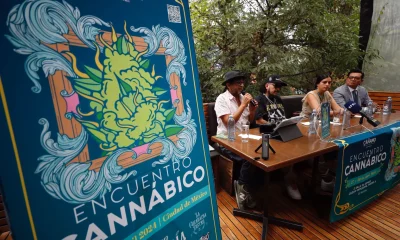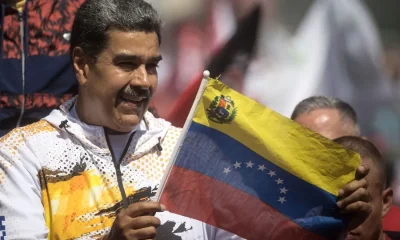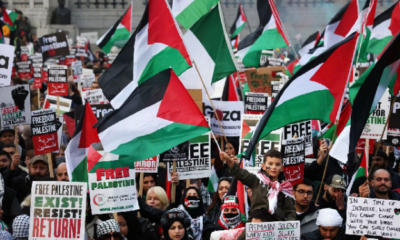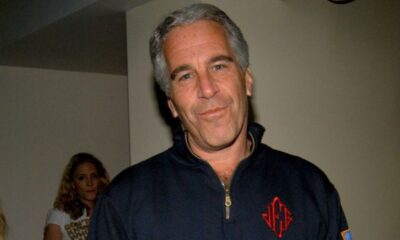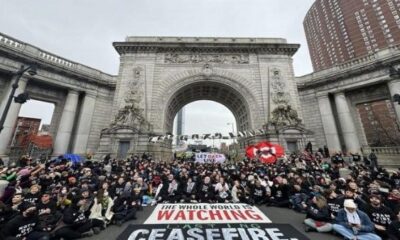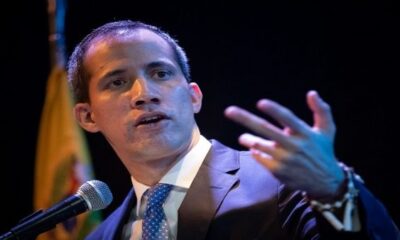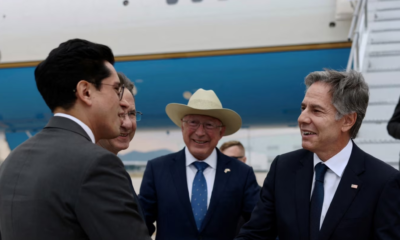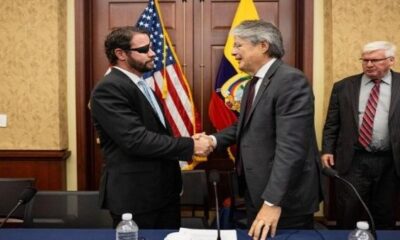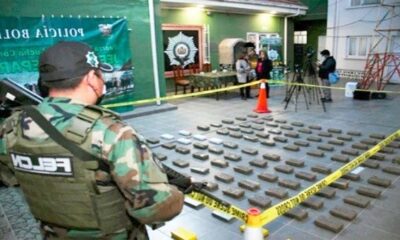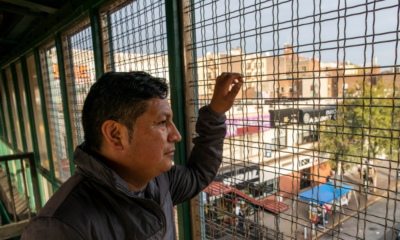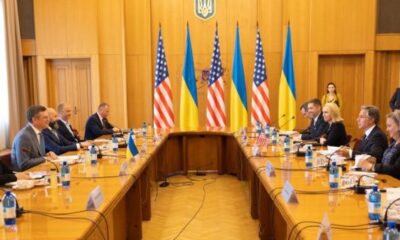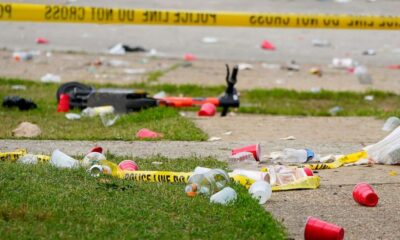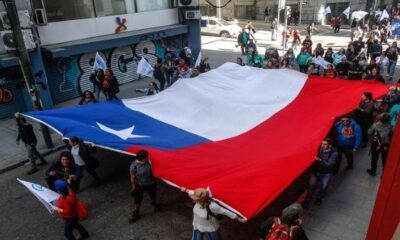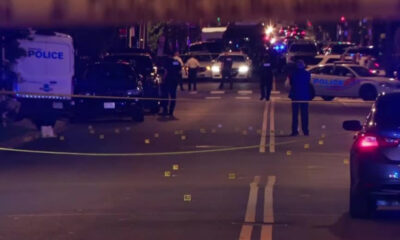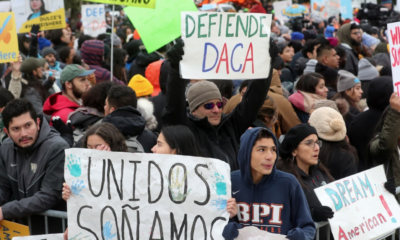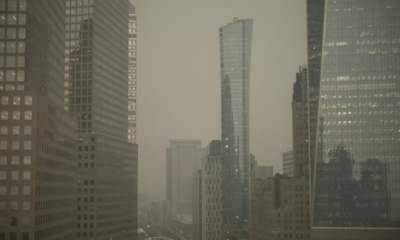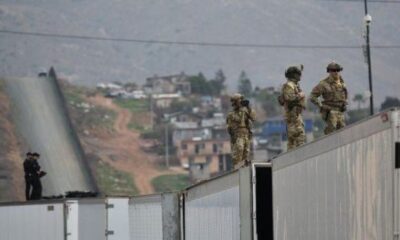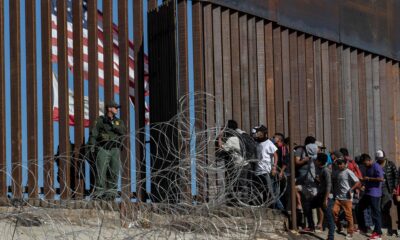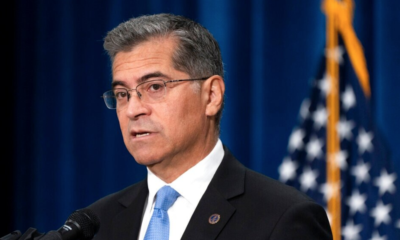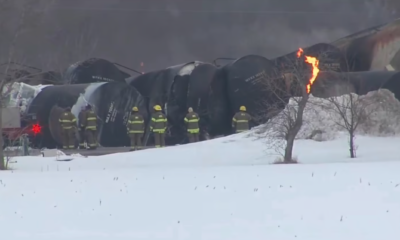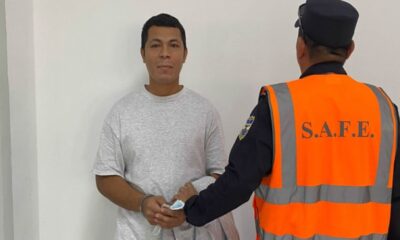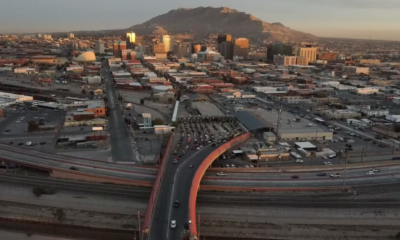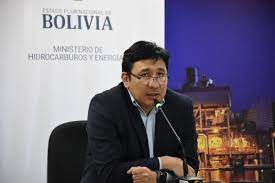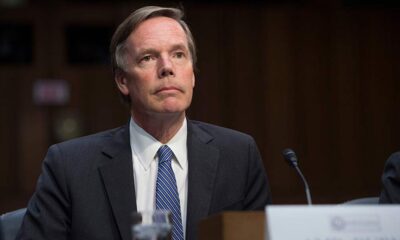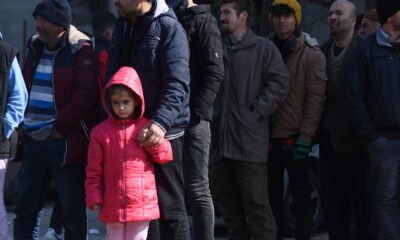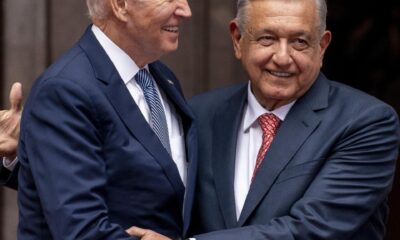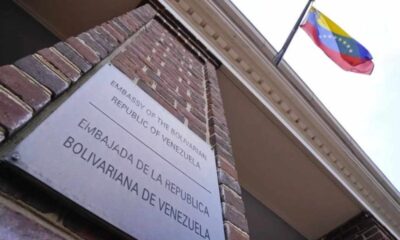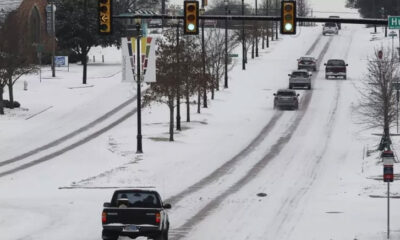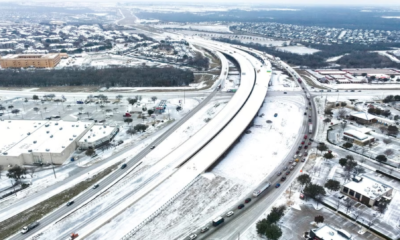International
Waiting game: US election results could take days

| By AFP | Paul Handley |
Control of the US Congress is at stake Tuesday as Americans vote nationwide, but with key races expected to be close, and possible delays and court challenges, results might not be known for days.
Political tensions could rise as the days, or weeks, roll on without a certain winner.
Some national TV networks, using complex calculations based on early results and traditional voting patterns, will likely declare winners on the evening of election night.
But though highly accurate, these projected results are limited by the number of races deemed “too-close-to-call.”
The crucial answer to whether Democrats or Republicans capture the US Senate — currently evenly divided — could take an especially long time.
Pollster predictions suggest the 100-member body could end up evenly divided, or split by two seats.
Counting votes takes time for several reasons, but since the 2020 election — which loser Donald Trump continues to claim, without evidence, was marred by fraud — the process has become more politically fraught.
In Arizona, where political tempers are high, Secretary of State Katie Hobbes, the Democratic candidate for governor, said they were preparing for possible violence.
“Certainly given what we saw in 2020 and the aftermath, the amount of harassment and threats that election officials have been subjected to since then, and the ramping up that we’ve seen in the last several weeks leading to this election, we’re certainly prepared for that,” she said.
Mail-in ballots
Americans can vote on the official election day in polling places equipped with electronic tabulation machines.
But the Covid-19 pandemic accelerated a shift to voting early in polling places and by mail.
Mail-in votes take longer to count, because they must be removed from envelopes, a labor-intensive process at scale.
In some states, voters have until election day to actually post their mail-in ballots, which then might not arrive for several days.
Votes cast by Americans living overseas, including many in the military, might not arrive and be counted until after election day. Though those numbers are relatively small, in a close race, they could be critical.
According to University of Florida Professor Michael McDonald’s US Elections Project, as of midday Tuesday, 45.8 million early votes had been cast, of them 25.4 million by mail or placed in drop boxes.
States have different rules on when mail-in votes can be processed — removed from the envelopes and checked against voter rolls — and when they can be counted.
In nine states, like Pennsylvania, where there is a very close Senate race, the ballots cannot be processed until election day. Sixteen states do not allow mail-in votes to be counted until after the polls have closed on Tuesday.
That means processing and counting can go on well past election day — in 2020, the results in some crucial swing states were not known for three days.
Georgia runoff
Control of the Senate might not be decided at all on Tuesday. In Georgia, Republican Herschel Walker and Democrat Raphael Warnock are running neck-and-neck for a Senate seat.
But a third candidate, Libertarian Chase Oliver, could earn enough votes to prevent either Warnock or Herschel from topping the 50 percent threshold, and force a runoff between the two.
In the 2020 elections, a similarly close race in Georgia kept overall control of the Senate undecided until a runoff took place in early January 2021. This year, a runoff would take place in December.
Recounts, legal challenges
Very close races can result in mandatory recounts, usually when candidates are divided by less than 0.5 percent of the total vote.
With eight Senate races appearing very close, that could add days of suspense to the overall result.
In addition, the 2020 election showed that parties are willing to turn to the courts to contest close elections, to decide on which ballots can be counted, to challenge counting processes and to question the accuracy of tabulation machinery.
Dozens of lawsuits have already been filed around the country, many of which focus on which ballots can or cannot be counted.
In Pennsylvania, there is already a court battle brewing on whether unsigned or incorrectly dated mail-in votes can be counted.
International
Marco Rubio warns Cuba could be Trump administration’s next target
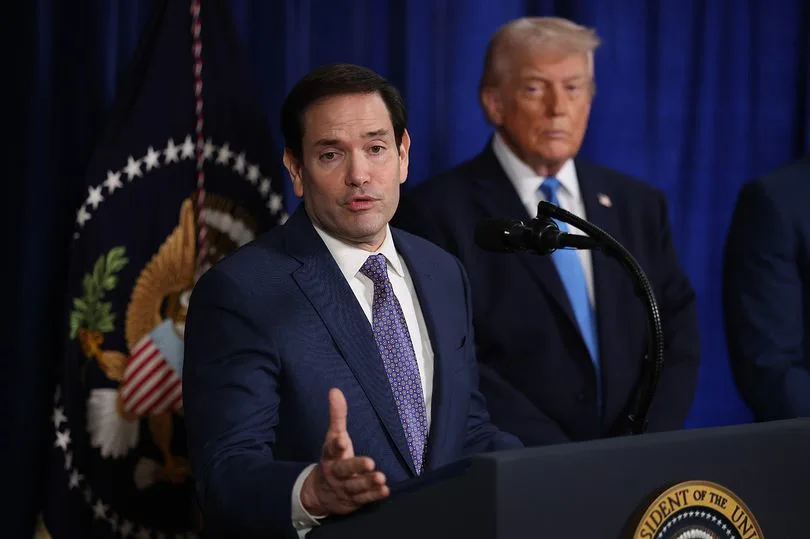
U.S. Secretary of State Marco Rubio did not rule out that Cuba’s communist government could become the next target of the Trump administration, just one day after the arrest of Venezuelan strongman Nicolás Maduro.
In an interview on Meet the Press, Rubio issued a warning to Havana, stating that Cuban authorities are “in a lot of trouble.”
“Is the Cuban government the next target of the Trump administration?” journalist Kristen Welker asked.
“Well, the Cuban government is a major problem. Yes,” Rubio replied.
“So that’s a yes?” Welker pressed.
“I think they’re in a lot of trouble, yes,” the Secretary of State added.
In a separate appearance, Rubio—who is the son of Cuban immigrants—claimed that Venezuela’s intelligence services were “full of Cubans” and said the island nation had effectively taken control of Venezuela.
“In some cases, one of the biggest challenges Venezuelans face is having to declare their independence from Cuba,” Rubio said from President Trump’s Mar-a-Lago club. “They basically tried to colonize the country from a security standpoint. So yes, if I were living in Havana and part of the government, I would at least be worried.”
During a press conference on Saturday, President Trump himself said the United States seeks to be surrounded by “good neighbors.”
“It’s very similar in the sense that we want to help the people of Cuba, but we also want to help those who are forced to leave and live in this country,” Trump said. He also described the island as a “nation in decline” that is “not doing very well right now.”
The Cuban government has not yet responded to Rubio’s remarks. However, as a staunch ally of Maduro’s regime, Cuban authorities strongly condemned recent explosions and U.S. operations in Caracas.
“All nations in the region must remain alert, as the threat looms over everyone. In Cuba, our determination to fight is firm and unbreakable. The decision is one and only one: Homeland or Death,” Cuban officials said in a statement.
International
Trump signals possible expansion of U.S. regional policy beyond Venezuela

U.S. President Donald Trump said on Saturday that Cuba could become a subject of discussion as part of a broader regional policy, highlighting the possibility that Washington may expand its focus beyond Venezuela amid rising tensions in Latin America.
The remarks suggest that the White House is considering a recalibration of its strategy toward the region, in a context shaped by recent actions and warnings related to political stability and hemispheric security.
International
World leaders react to U.S. attacks on Venezuela, sparking global divide

The following are international reactions to the U.S. attacks carried out on Saturday against Venezuela:
Chinese Ministry of Foreign Affairs
China said it was “deeply shocked” and strongly condemned the use of force by the United States against a sovereign country, as well as the use of force against the president of that nation.
“China firmly opposes this hegemonic behavior by the United States, which seriously violates international law, infringes upon Venezuela’s sovereignty, and threatens peace and security in Latin America and the Caribbean,” the ministry said. It urged Washington to comply with international law and the purposes and principles of the United Nations Charter, and to cease actions that violate the sovereignty and security of other countries.
French Foreign Minister Jean-Noël Barrot
Barrot stated that the military operation that led to the capture of Nicolás Maduro violates the principle of non-use of force, which underpins international law. He stressed that no lasting political solution can be imposed from outside and that only sovereign peoples can decide their own future.
Russian Ministry of Foreign Affairs
Russia said the United States had committed an act of armed aggression against Venezuela, describing the move as deeply troubling and condemnable.
“The pretexts used to justify such actions are unfounded,” the ministry said, adding that ideological animosity had prevailed over pragmatism and the willingness to build relations based on trust and predictability.
Moscow emphasized the need to prevent further escalation and to focus on resolving the crisis through dialogue. It reiterated that Latin America should remain a zone of peace, as declared in 2014, and that Venezuela must be guaranteed the right to determine its own destiny without external — especially military — interference.
Russia also said it supports calls by Venezuelan authorities and Latin American leaders for an urgent meeting of the United Nations Security Council.
United Nations
UN spokesman Stéphane Dujarric said Secretary-General António Guterres continues to stress the importance of full respect for international law, including the UN Charter. He added that the secretary-general is deeply concerned that international legal norms were not respected.
Government of Argentina and President Javier Milei
Argentine President Javier Milei, a close regional ally of Donald Trump, posted on X: “FREEDOM MOVES FORWARD. LONG LIVE FREEDOM, DAMN IT,” alongside a video showing him at a summit describing Maduro as a threat to the region and supporting the pressure exerted by Trump on Caracas.
In a statement, the Argentine government praised “the decision and determination shown by the President of the United States and his administration in the recent actions taken in Venezuela that led to the capture of the dictator Nicolás Maduro, leader of the Cartel of the Suns.”
Argentina said it hopes these developments represent a decisive step forward in the fight against narcoterrorism in the region.
Mexican Foreign Ministry
Mexico strongly condemned and rejected the unilateral military actions carried out in recent hours by U.S. armed forces against targets in Venezuelan territory, calling them a clear violation of Article 2 of the United Nations Charter.
The Mexican government reiterated that dialogue and negotiation are the only legitimate and effective means to resolve disputes and reaffirmed its willingness to support any effort aimed at facilitating dialogue, mediation, or accompaniment to preserve regional peace and prevent confrontation.
-

 International3 days ago
International3 days agoMissile attack hits Kharkiv homes, leaving 13 wounded
-
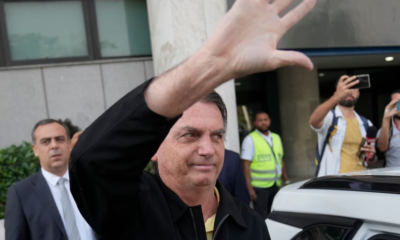
 International3 days ago
International3 days agoBrazil’s Bolsonaro Returns to Prison After Supreme Court Denies House Arrest
-
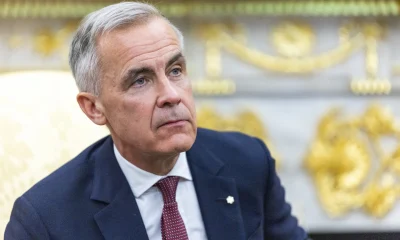
 International3 days ago
International3 days agoCanada’s prime minister Mark Carney to join Ukraine peace talks in Paris
-

 International5 days ago
International5 days agoRegional mexican music mourns the death of Banda Gota de Oro singer Giovanni Vera
-

 International2 days ago
International2 days agoTrump signals possible expansion of U.S. regional policy beyond Venezuela
-
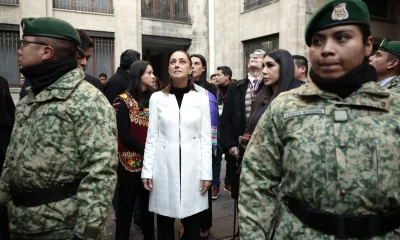
 International3 days ago
International3 days agoSheinbaum evacuates National Palace after 6.5-magnitude earthquake hits Southern Mexico
-
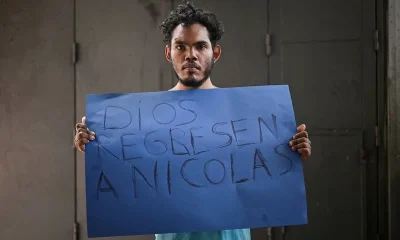
 International2 days ago
International2 days agoWorld leaders react to U.S. attacks on Venezuela, sparking global divide
-
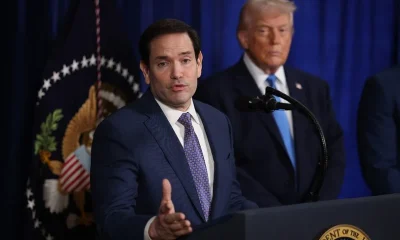
 International11 hours ago
International11 hours agoMarco Rubio warns Cuba could be Trump administration’s next target



























